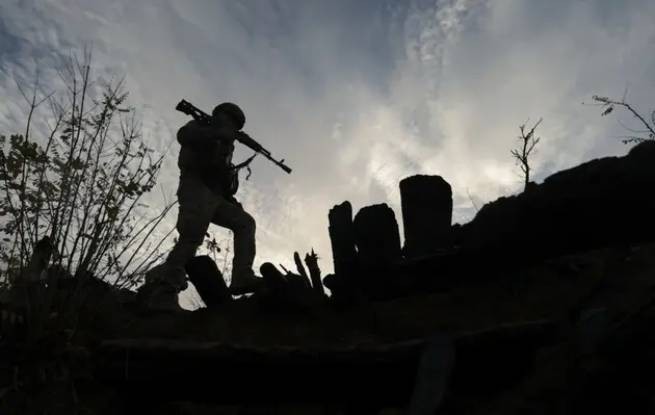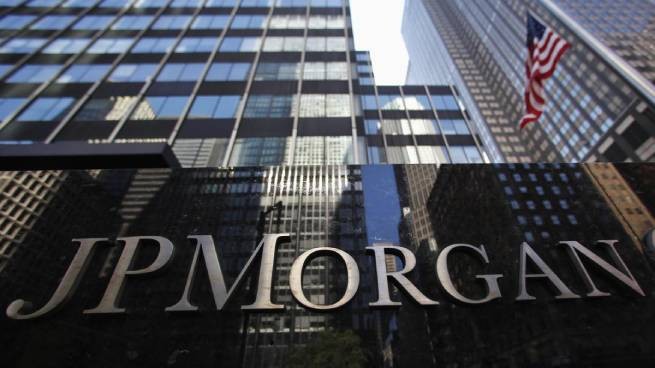The head of the Ministry of Culture, Elena Kunturi, spoke about the details of the excavations carried out on Kolonaki Square as part of the construction of the 4th metro line.
So what was the Kolonaki area like before it became one of the most famous in Athens? What finds show that agricultural crops were once grown here, on fertile soil? What was this area, consisting of fields and pastures?
Many times during the construction of metro stations, various aspects of the ancient history of Athens were revealed to experts, as various finds were discovered: hydraulic structures, cemeteries, Roman bath complexes, wells, pipelines, reservoirs and aqueducts.
Currently on the square. Kolonaki under construction metro line 4. The project is one of the largest transport infrastructure projects in Europe. The line is expected to handle around 340,000 passengers a day and will be the first in Athens to have smart trains operating automatically (without drivers).

Elena Kunturi, archaeologist and head of the Department of Prehistoric and Classical Antiquities of the Ministry of Culture, spoke about the “state of affairs” at the construction site in Kolonaki. “The excavations were made beforehand. After removing a layer about 1.20 m thick, two round structures of porous stones “cemented” with some kind of mortar (wells) were discovered. Their outer diameter is about 2.10-2.20 m for one and 1.70 m in another. Their height is approximately 0.81 m and 0.60 m respectively. The thickness of the walls of the ancient structures is 0.35-0.40 m,” the report says.
“The excavations carried out by us characterize various periods in the history of Kolonaki. Obviously, we are not talking about discoveries that are considered rare and of particular archaeological interest (since we are talking about agricultural lands), but for us, the researchers, it was completely unexpected that they reveal fragments of an entire epoch,” archaeologist and head of the Department of Prehistoric and Classical Antiquities of the Ministry of Culture, Elena Kunturi, tells LiFO. From a conversation with a specialist, it turned out that gardening farms were located on the territory where the metro station is now being built.
“Obviously this is due to the fact that no private houses were erected in the area, since the center of the city was centered around the Acropolis and the Ancient Agora. Therefore, what can be found in such excavations are irrigation canals, fragments (foundations) of farmhouses or wells Characteristically, in the largest part of the studied area, on an area of 1035 sq. m, after removing a layer about 2 m thick, 26 parallel rows of channels were found.

The ancient irrigation structures are located in such a way that they follow the natural slope of the earth and extend across the entire width of the study area (59 m). They also have an average width of 0.50 m, a depth of 0.30-0.70 m and an almost rectangular shape with a flat or concave bottom. The distance between them is constant, about 0.90 m.
Most of the area on which they are located, and the absence of the remains of buildings, testify to the systematic cultivation of the land. This is confirmed by the proximity of the site to the river Eridanos. The water supply, although variable (seasonal), was essential for the crops grown here, since in general Attica has always experienced the problem of water shortages.
And the silt deposits of Eridanos, which often changed its course and spilled during heavy rains, enriched the soil, where they later began to grow agricultural crops. The transport of agricultural products was facilitated by the adjacent road to Mesogeo, located at a distance of about 145 m.

In 1864 it was decided to create “Kolonaki Square”. Until 1881, the territory of the district was crossed by a road that started from the Mesogeitika Port (Μεσογείτικη Πόρτα) or the Bubunistra Gate (Πύλη της Μπουμπουνίστρας), and continued to Marousi.
In the early 1880s, the area was leveled. In 1901, the area was demarcated, formed with a central circular plateau, diagonal and transverse paths, and planted. The square was replanned in 1927/1929. And most recently in 2005 by architects Dimitris and Susana Antonakakis. The first houses, however, in Kolonaki were built in the middle of the 19th century.
At one time, the vast territory under Lykabettus was called “Katsikadika”, since shepherds’ huts stood everywhere to the north of Dexamenis Square. However, as we know today, the name of this area is associated with a marble monolithic Roman column installed in the square (see photo above). But why was it installed there?
The name of the area is associated with a marble monolithic Roman column, which is located on Filiki Eteria Square, or Kolonaki Square.
“In the 19th century, a column was erected on Filiki Eteria Square. It was moved there from Δεξαμενή (located next to the Aqueduct of Hadrian, Αδριάνειο Υδραγωγείο), and this is how the area got its name. It is believed that the columns “protect the health of citizens” and have special healing properties. Therefore, until recently, local residents used to go and “tie” their illnesses to them, that is, they placed messages and objects in their recesses, with requests for recovery, “says the historian.
Two other columns, which were considered the guardians of health, have been preserved in Athens – on Misaraliotu Street and in the Church of St. John of Kolonsky, not far from the Theater Square. It should be noted that in ancient times they were considered signs of good luck and were not allowed to move.
In fact, if we turn to historical sources, we can find that when one of them was moved at some point, according to legend, a plague broke out, which was immediately attributed to the movement of the column.
The Athenians, in order to prevent epidemics or other disasters, performed litanies and rituals with the sacrifice of young animals. Therefore, when the litanies were completed, a column was necessarily erected in those places, “says the expert.
According to Ms. Kunturi, when the metro station is ready, it is planned to create a permanent exhibition on floor/level -1. It will highlight the cultural heritage of the area, in fact, a separate archaeological site will be created, a kind of museum that gives metro passengers the opportunity to “touch history”.







More Stories
Metropolitan Chrysostom: "The Church will never recognize same-sex marriage – the issue is not closed"
Schools in Germany: convert to Islam so as not to be an outsider
On this day in 1896, a statue was found in Delphi "Delphic Charioteer"